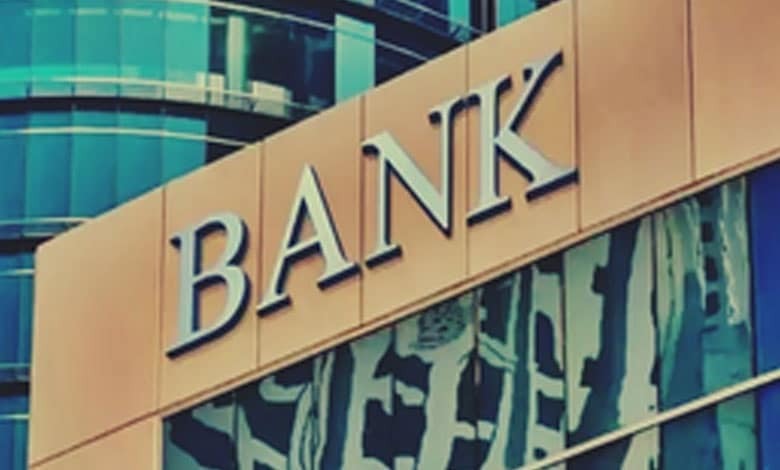The Indian banking sector is set to witness a pivotal turnaround as analysts and industry experts expect net interest margins (NIMs) to bottom out by the middle of the financial year 2025-26 (FY26). This anticipated stabilization and subsequent recovery is supported by easing deposit costs, favorable changes in loan mix, and monetary policy measures such as the recent Cash Reserve Ratio (CRR) cut by the Reserve Bank of India (RBI). These factors collectively enhance liquidity conditions and improve profitability prospects for banks in the coming quarters.
Key Highlights on Banking Margins and Sector Outlook
NIM Stabilization Timeline
Scheduled commercial banks’ net interest margins, which were pressured earlier due to RBI’s cumulative 100 basis points cut in the repo rate since February 2025, are expected to reach their trough by Q2 or Q3 FY26. Quarterly data from Q1 FY26 indicated margin compression, but estimates point toward visible recovery starting Q4 FY26.
Impact of Deposit Costs and Liquidity
A significant driver for margin recovery is the easing of deposit costs. Several banks have begun reducing interest rates on savings and special deposits. This trend follows improved liquidity flows catalyzed by the RBI’s CRR reduction effective September 2025, injecting an estimated Rs 8,000-9,000 crore into the banking system.
Influence of Loan Mix
Loan portfolio adjustments are also expected to boost margins. A shift toward higher-yield corporate loans and selective credit growth in sectors such as data centers, green energy, and infrastructure projects increases interest income potential. Public sector banks (PSBs) showed an 18-basis-point rise in fresh lending rates in July 2025, underpinning this optimism.
Sector-Wide Performance and Challenges
Public Vs Private Sector Dynamics
PSBs are seeing a gradual recovery in lending rates from a previously low base, pointing to improved pricing power. Private banks, while offering slightly lower rates, maintain healthy spreads and have demonstrated agility in repricing loans to manage margin pressures. However, private banks face sharper impacts on margins due to their higher exposure to external benchmark-linked loans.
Credit Growth and Asset Quality
Credit growth, while expected to be muted at about 11-13% in FY26, is recovering from a lull caused by macroeconomic uncertainties. Asset quality remains stable with provisioning measures in place. Higher credit costs expected this fiscal year are anticipated to normalize with economic improvement.
Treasury Gains as Earnings Cushion
Banks have increasingly relied on treasury gains from open market operations and falling yields to offset margin compression. These gains have provided a cushion, contributing significantly to profitability during periods of interest margin stress.
Policy Measures Supporting Recovery
RBI’s Role and Market Expectations
The RBI’s monetary policy pivot, including the CRR cut and liquidity management, supports banking system stability. Market experts caution that further repo rate cuts may weigh on margins, but with no immediate changes forecasted, earnings recovery is projected. The lag effect of earlier rate hikes allows loan repricing to progressively improve net interest income.
Structural Considerations
Long-term banking sector growth remains moderate compared to past decades. Factors like increased statutory deposit requirements, fiscal deficit pressures, and structural shifts in credit demand shape a new normal. However, evolving market practices and diverse asset classes provide avenues for sustainable profitability.
Conclusion: Pathway to Renewed Profitability
The banking sector’s margin trajectory is cautiously optimistic, with indicators pointing to a bottoming-out phase in mid-FY26. Recovery rests on strategic deposit cost management, favorable loan portfolio adjustments, and supportive policy frameworks. As banks navigate evolving economic dynamics, portfolio diversification and prudent credit risk management will remain pivotal to sustaining earnings momentum beyond FY26.
Sources: Economic Times BFSI, ICICI Securities, S&P Global Market Intelligence, Moneycontrol, CNBC-TV18, Bank of India statements, Motilal Oswal Financial Services

